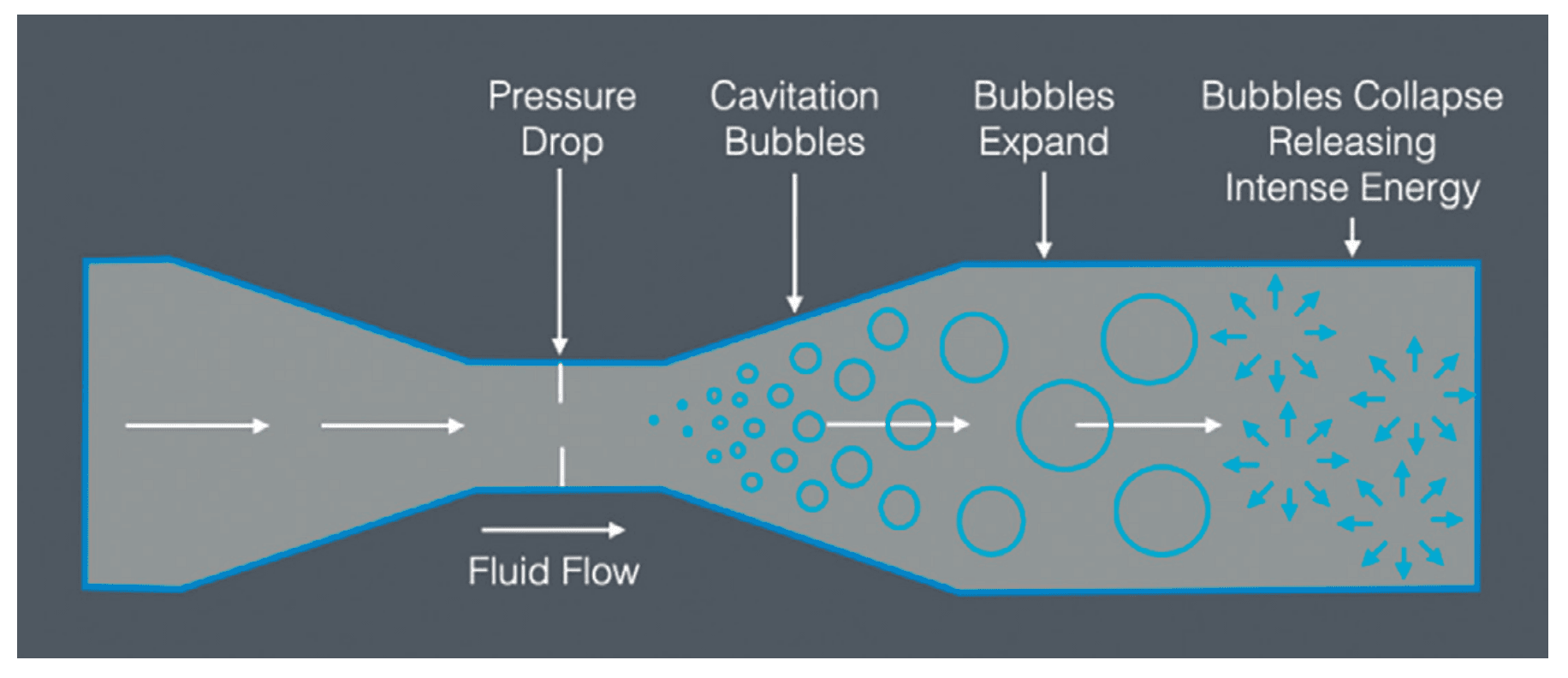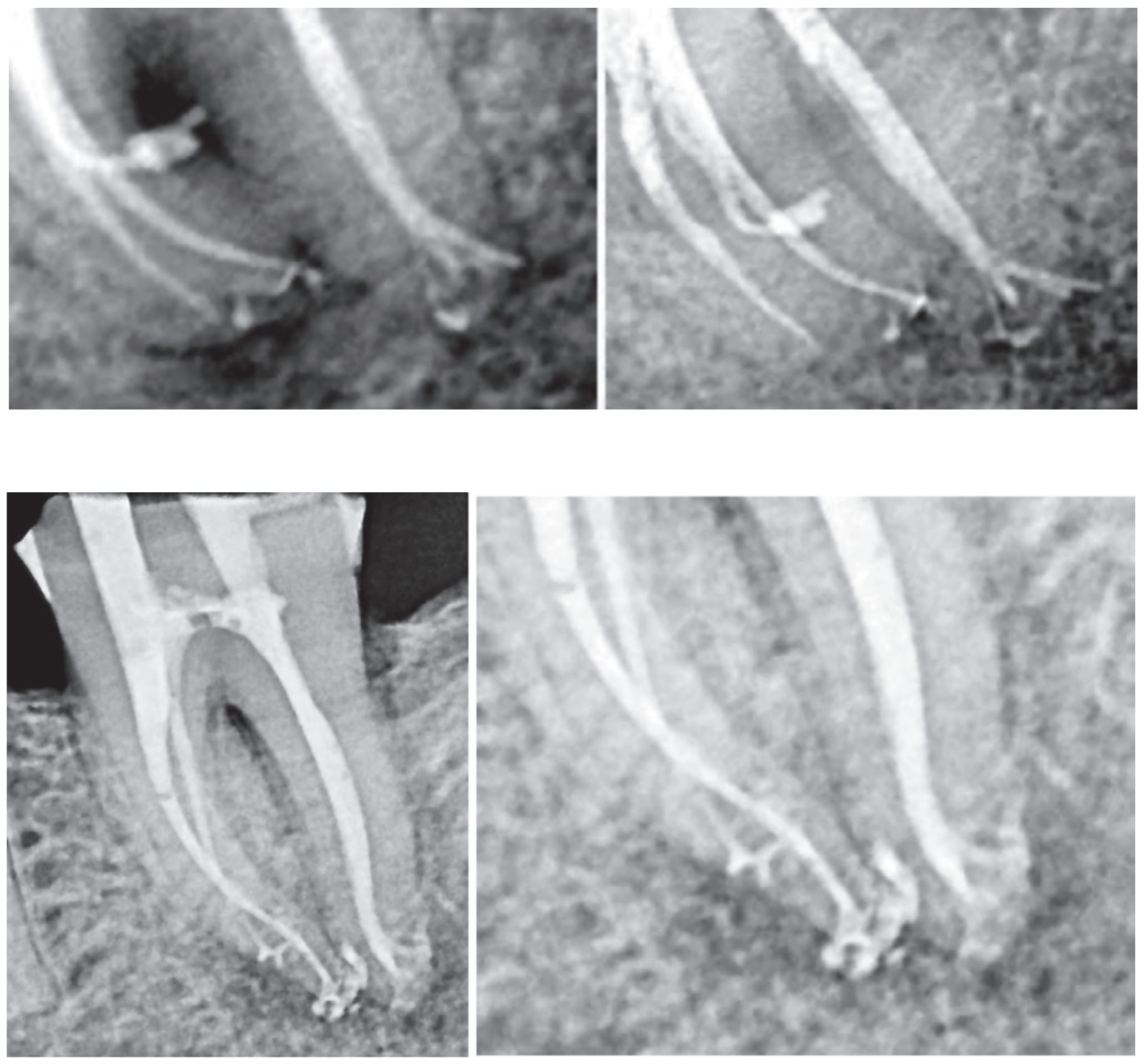Dr. L. Stephen Buchanan shows how cavitation enhancement of irrigants can be accomplished with PulpSucker™ Irrigation
Cavitation to the rescue
Enhanced endodontic irrigation methods have garnered a great deal of interest over the last decade, beginning with Fotona’s Photon-Induced Photo-acoustic Streaming (PIPS) laser enhancement, then afterwards Sonendo’s GentleWave® multisonic enhancement, and also BioLase’s intra-canalar laser enhancement. What do they have in common? All three of them induce cavitation in endodontic irrigants — the lasers by super-heated pulses of light energy that blow up micro-bubbles of steam in aqueous solutions and GentleWave technology by applying vacuum pressure to a closed system which causes gas bubbles to form, expand, and collapse, releasing intense energy into irrigants. After 8 years of researching alternatives, I have accomplished the cavitation enhancement of irrigants with the PulpSucker™ Irrigation system.
Why is cavitation important to endodontic irrigation? Consider our clinical challenge when treating root canal systems to their full apical and lateral extents. Because minimally invasive canal preparations may be no more than 0.2 mm in terminal diameter, they are not large enough to allow entry of our smallest irrigating cannulas, not to mention that the majority of lateral canals — which can only be cleaned with irrigation — are found branching off of primary canals in this most inaccessible region.
This implosion of collapsing gas bubbles within a fluid creates sonic shock waves that travel to the ends of canals, and this sound energy is amplified when pushed into these smaller canal diameters, just like the ear trumpets that people with hearing loss used before we had electronic hearing aids (Figure 1). Cavitated fluids transmit this energy very effectively because water is incompressible, therefore energy applied some distance away can easily affect the solutions in the apical third. Hence the all-important “forward effect” of cavitation.

The advantages of cavitating NaOCl in root canals was first described by Dr. Adrian Lussi and colleagues in his paper, “The balanced force and the GT-rotary technique in comparison with the non-instrumental technique (NIT).”1 He showed pulp chambers and the coronal two-thirds of canals in extracted teeth completely cleaned, without a single file being brought to bear, by the cavitation induced by the alternating positive and negative pressures applied to sodium hypochlorite by his prototype “tooth sucker” console. Sadly, the prototype created a net positive pressure inside the RCS, causing NaOCl to be forced beyond the ends of canals, killing the dogs in the first animal study.
The new kid on the block
I have questioned for some time whether it is necessary to spend $60K-$80K for technologies to deliver efficient irrigation enhancement? My irrigation Christmas list includes cavitation, simultaneous multi-canalar function for efficiency in molars, and automatic operation after staging because irrigation is a deadly boring procedure.
After 8 years of development, I’ve proven that cavitation enhancement of irrigants can be accomplished without any capital investment at all. If you create a closed system by luting an airtight stage to a tooth in treatment and then apply the chairside vacuum to the inside of the stage and RCS, it will not only pull irrigating solutions from a supply bag into and through the internal passageways of teeth, but also the negative pressure induces cavitation with remarkable cleaning results and a forward effect of 5 mm. Because of the closed system, multiple cannulas, and the chairside vac, this can be accomplished without a power cord. Once the tooth is staged and catheterized, PulpSucker™ runs by itself (Figure 2).

Case report
Figures 3-7 show a lower molar treated with PulpSucker Irrigation after instrumenting the mesial canals to a 20-.03 shape and the distal canal to a 25-.05 shape. Obturation was accomplished with bioceramic sealer and the Continuous Wave filling technique.


Conclusion
Why are we so thrilled when we see lateral anatomy filled in our post-op radiography? It’s because 3D obturation of lateral recesses is a proxy for our irrigating efficacy. If you have not cleaned a lateral canal during irrigation procedures, you are not going to see it filled afterwards. Conversely, when several lateral canal projections are seen after treatment is finished, we can give ourselves a pat on the back for doing a thorough job of irrigation. This is no small accomplishment, especially in light of the recent trend toward minimally invasive endodontic procedures. In fact, MIE concepts and procedures up the ante of our mission to clean these uninstrumentable parts of root canals, and in fact, enhanced irrigation methods that produce cavitation have played a serious part in driving this trend (Figure 9). This case shows how really complex endodontic anatomy can be effectively and automatically irrigated with a low cost, completely disposable PulpSucker device.
- Lussi A, Hotz M, Stich H. Die Balanced Force und die GT-Rotary-Technik im Vergleich zur nicht instrumentellen Technik (NIT) [The balanced force and the GT-rotary technique in comparison with the non-instrumental technique (NIT)]. Schweiz Monatsschr Zahnmed. 2004;114(1):12-8. German.
Stay Relevant With Endodontic Practice US
Join our email list for CE courses and webinars, articles and more..

 Stephen Buchanan, DDS, FICD, FACD, has taught endodontic procedures, with live patient demonstrations, to dentists for over 35 years. He has over 25 US and international patents for endodontic tools ranging from his EndoBender plier, to Obtura Spartan’s Buc Ultrasonic Tips, Dentsply’s variably-tapered GT rotary files, his PulpSucker negative pressure irrigation device, and Kerr’s Continuous Wave of Obturation electric heat pluggers and filling technique.
Stephen Buchanan, DDS, FICD, FACD, has taught endodontic procedures, with live patient demonstrations, to dentists for over 35 years. He has over 25 US and international patents for endodontic tools ranging from his EndoBender plier, to Obtura Spartan’s Buc Ultrasonic Tips, Dentsply’s variably-tapered GT rotary files, his PulpSucker negative pressure irrigation device, and Kerr’s Continuous Wave of Obturation electric heat pluggers and filling technique.